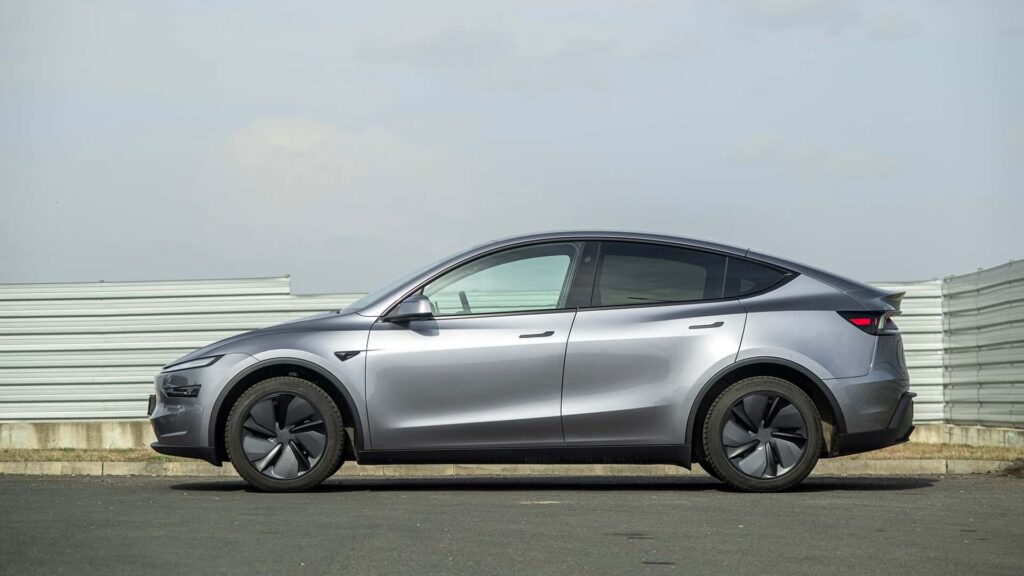Tesla recently made a strategic move in China by increasing the claimed range of its popular Model 3 Long Range AWD and Model Y LR AWD models without the need to enlarge their batteries. The Model 3 saw an increase of 25 miles (40 km) in its CLTC-claimed range, bringing it up to an impressive 467 miles (753 km). However, this update also came with a $1,400 price hike, pushing the cost of this version just under $40,000 in the Chinese market.
On the other hand, the Model Y LR AWD received a range boost from 447 miles (719 km) to 471 miles (750 km) without any change in price, maintaining its cost at $43,700. Both models have a quick delivery time of one to three weeks, contrasting with the Xiaomi YU7, a new competitor in the market that has a waiting period of 57 to 60 weeks due to high demand.
Despite these efforts to attract buyers, Tesla is facing a decline in sales in China, a trend that mirrors its struggles in other international markets. The rise of domestic electric vehicle manufacturers in China, offering models tailored to local preferences and equipped with advanced technology like radar and lidar, has posed a significant challenge to Tesla’s market dominance.
Unlike in Western markets where Tesla’s image has been tarnished by political controversies, in China, the decline in demand can be attributed to the brand’s inability to keep up with local competitors. Chinese automakers offer EVs with superior specifications, faster charging capabilities, and more luxurious interiors at competitive prices, resonating more with the preferences of Chinese buyers.
Tesla’s minimalist design philosophy, which has been a hallmark of its brand, no longer appeals to Chinese consumers who seek feature-rich vehicles with advanced technology. The company’s lack of new model launches targeted specifically at the Chinese market further exacerbates its struggles to compete with local rivals.
While Tesla’s recent range upgrades may serve as a temporary solution to attract buyers, the company will need to rethink its strategy in China to regain market share and stay competitive in the rapidly evolving EV landscape. Launching new models tailored to Chinese preferences and investing in localized marketing efforts could be key to turning the tide for Tesla in the region.

